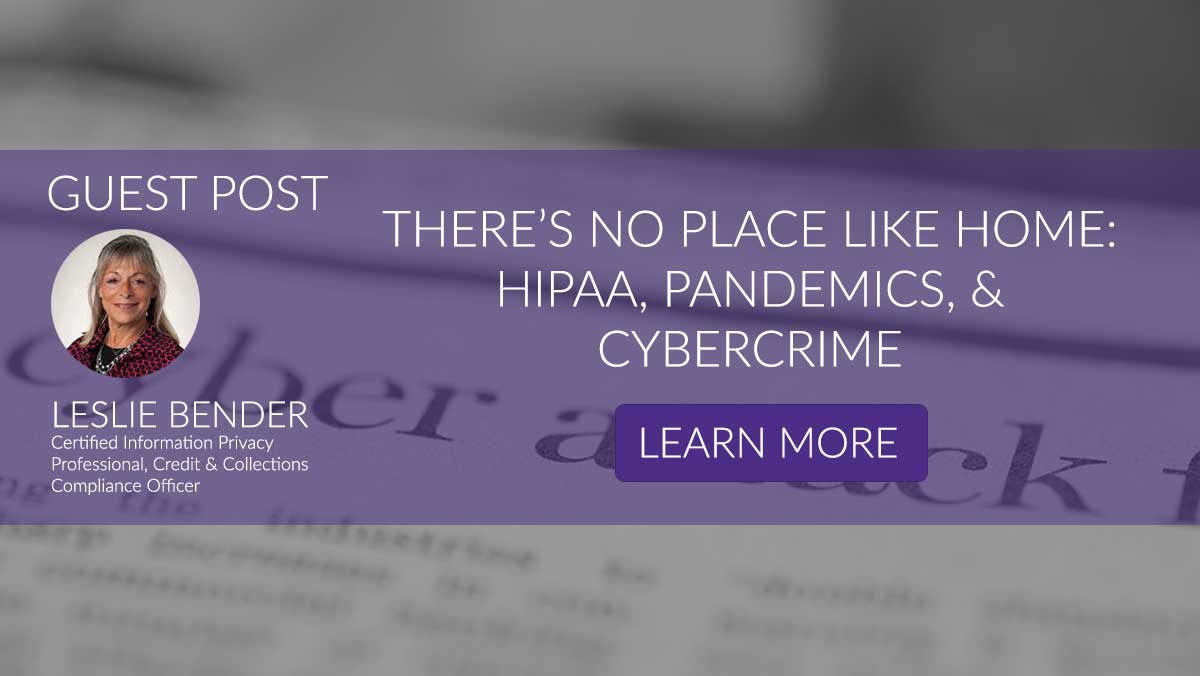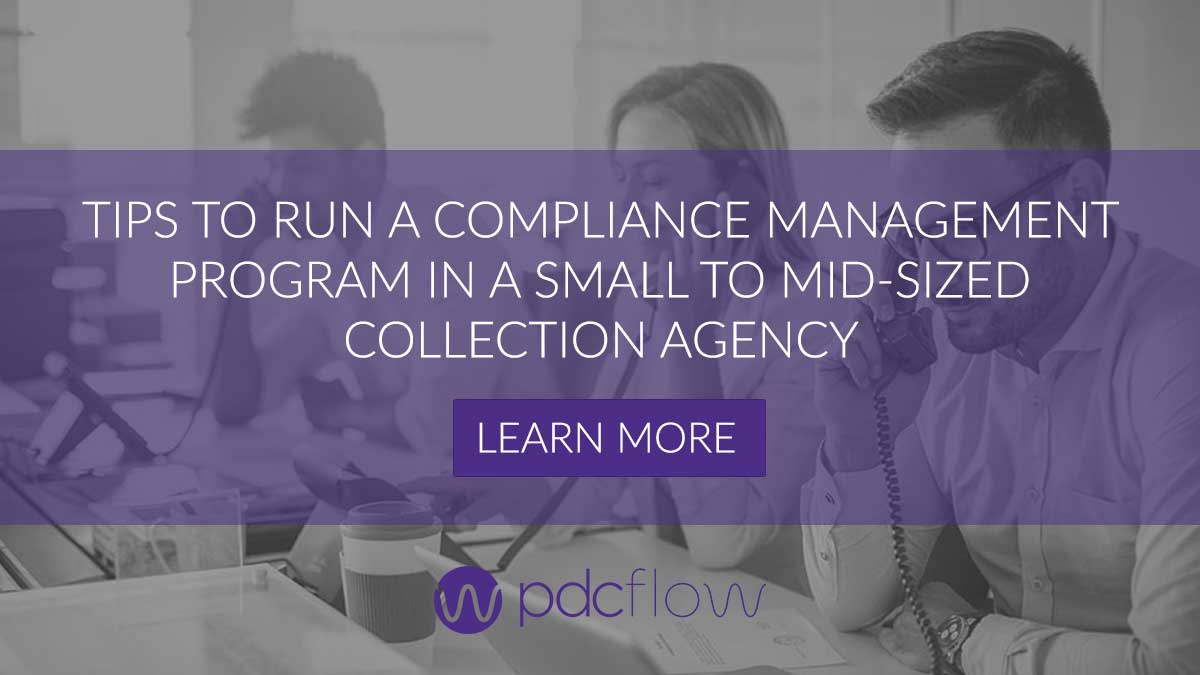Operational risk management in the workplace has always been a concern for business owners and managers. However, the changing workplace environments of the last year has created more risks and liabilities for organizations than ever before.
Performant Corporate Counsel Lauren Valenzuela and Finexus Insurance Agency CEO Katie Zugsay discussed these evolving risks in a recent CAC webinar, Smarter Risk Management for 2021.
Risks and Liabilities to Manage as Part of Your Operations
Workers’ Compensation
Negligence
Wrongful Death
New Debt Collection and Licensing Regulations
There have been several new debt collection regulations released in the past year. There are many new items to be familiar with from all levels of government from city and state-wide requirements to the CFPB’s new federal debt collection rule, Regulation F.
Portions of these regulations – especially those providing temporary at home work orders – may be vague, or even appear to contradict each other at times. It’s important to consult your agency attorneys to comply as thoroughly as possible to mitigate your risk.
Data Breach
FCRA Claims and Cyber Risks
Business Interruption
Employment (EPLI) Claims
Privacy and HIPAA
Operational Risk Management
Prevention
“Training is a very powerful preventative tool.”Lauren Valenzuela
- Training - a healthy call center training program is essential to ensure your agents are following company guidelines. Your training should include following call scripts and other rules that keep you compliant with debt collection. However, adding training on data security procedures as well as training to mitigate other risks (e.g., timekeeping training to avoid wage and hour issues, training on remote work policies, training on Covid safety protocols, etc.) can prevent many personnel issues later on.
- Policies and procedures - “Having documented, accurate, relevant policies and procedures is another risk mitigation strategy,” says Valenzuela. “Don’t wait until risks appear in order to have a policy or documented procedure.” This means anticipating situations before they arise and performing routine maintenance to keep these policies and procedures up to date.
- Testing, auditing and remediation - after policies and procedures are created you should also be testing them to make sure they hold up. It’s important to identify gaps before a problem arises rather than finding gaps because your plan failed. Of course, if you do identify issues, fix them right away.
- Complaint response – making it easy for consumers to bring complaints directly to your company is essential for risk mitigation since complaints help you detect and correct risk. If you aren’t open about receiving feedback from consumers, you are likely to end up with surprise BBB or CFPB complaints. Receiving and analyzing complaints gives you a chance to fix problems before they get out of hand.
“It’s not only the right thing to do for consumers, it’s a way you can mitigate risks that you detect through that complaint process.”Lauren Valenzuela
- Open-door policy - creating a culture in your agency where employees feel comfortable sharing concerns is helpful for productivity and creates a positive work environment. It can also serve as a risk detection and mitigation tool. When staff feel comfortable sharing situations before they become serious, you can prevent more internal risks.
Risk-shifting (for risks you can’t prevent)
Contractual Indemnification
You can add clauses into your contracts to shift risk to other parties such as vendors and clients. It’s important to also review contracts to know when others are shifting their risks to you.
“It really pays off to fully negotiate terms before you sign a contract,” says Valenzuela. “Even ones that seem boilerplate. Take your time to read it, understand it and to negotiate any terms with vendors and clients before you agree to something.”
Insurance Program and Coverage
You can shift the risks you can’t prevent by understanding the coverage you and your vendors have. If you are an additional insured on a higher-risk vendor, be sure to understand what coverages you’re getting under their policies. Valenzuela says a strong vendor or service provider oversight program can help you understand vendor risk prevention and insurance programs to understand how you may benefit.
Remember, it is much easier to negotiate before signing a contract. If you have questions or concerns, address them before entering into any agreements to ensure you and your vendors are all on the same page regarding risk and liability concerns.
Valenzuela and Zugsay covered much more about risk and liability during their presentation. To learn more about risk mitigation, navigating your company’s insurance policy to manage unpreventable risks – and more educational topics – subscribe to the PDCflow blog:









